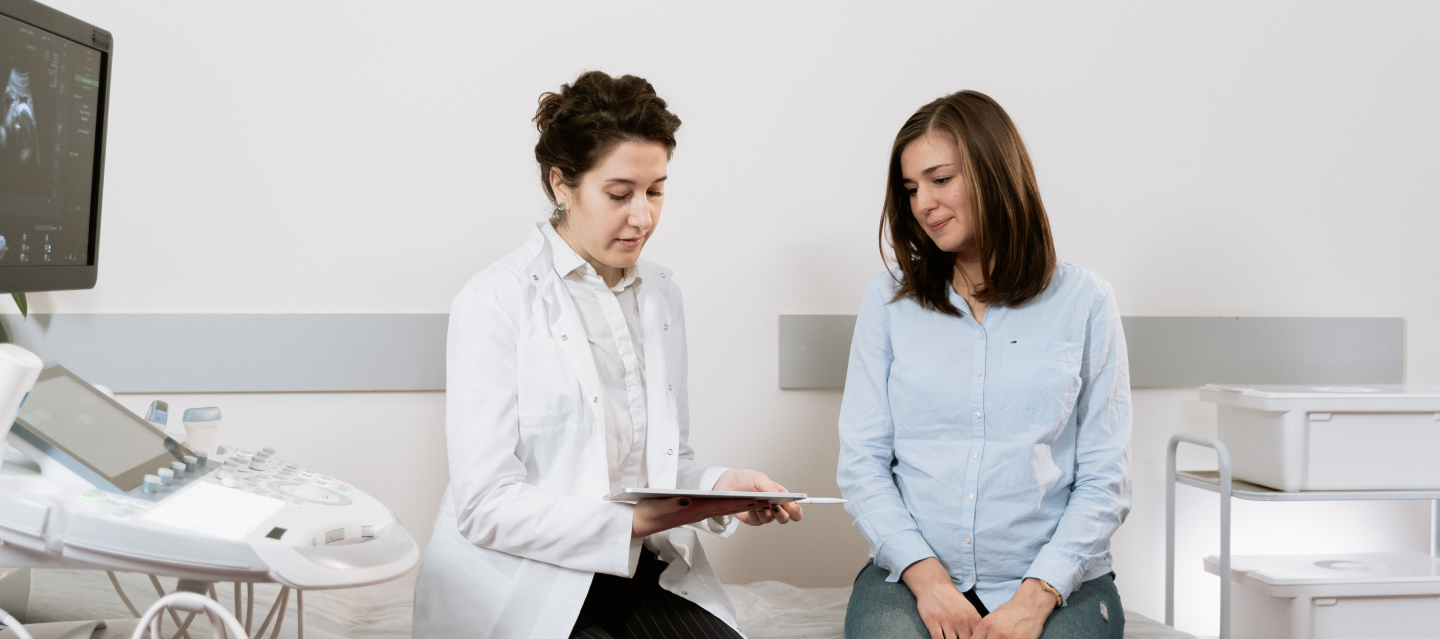Enhancing Patient Safety with Laparoscopic Instrumentation

Ensuring Safe Laparoscopic Procedures:
Modern laparoscopic instruments are designed with safety in mind. Features such as tactile feedback, adjustable stapling settings, and enhanced visualization tools aid surgeons in performing procedures with precision and accuracy. Additionally, advanced energy devices help minimize thermal damage to surrounding tissues, reducing the risk of complications.
Advantages of Laparoscopic Instrumentation for Patient Safety:
Laparoscopic devices designed for safety offer benefits like reduced blood loss, decreased postoperative pain, and shorter hospital stays. For instance, advanced vessel sealing instruments ensure effective hemostasis, lowering the risk of bleeding-related complications. These instruments contribute to safer surgeries and improved patient experiences.
Real-world Scenarios:
In a recent real-world scenario, a laparoscopic cholecystectomy performed using energy-based sealing instruments resulted in minimal blood loss and faster recovery for the patient. Similarly, the use of ergonomic, articulating instruments in a minimally invasive colorectal procedure reduced the risk of unintended tissue damage.
Collaboration with Healthcare Professionals:
The collaboration between laparoscopic instrument manufacturers and healthcare professionals has driven innovation in safety-focused designs. Surgeons and manufacturers work together to identify potential risks and develop tools that mitigate them. This collaboration ensures that laparoscopic procedures are performed with the highest level of safety and precision.
Conclusion:
Enhancing patient safety with laparoscopic instrumentation is a shared goal among healthcare professionals and instrument manufacturers. As technology continues to advance, the focus on safety-driven designs and features will play a pivotal role in improving patient outcomes and setting new standards for surgical excellence.
